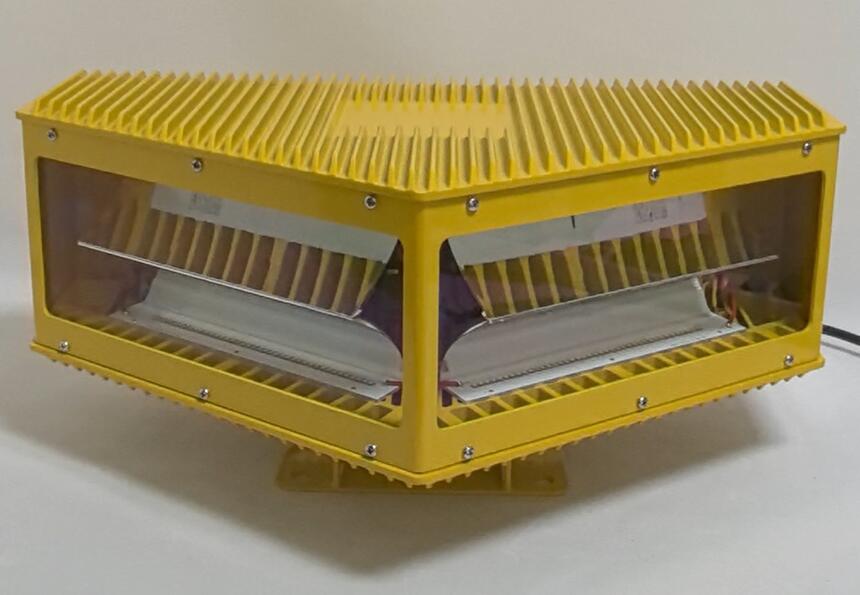Posted: 2025-04-27
In the complex tapestry of aviation safety systems, aviation beacon lights serve as critical visual markers that silently safeguard aircraft day and night. These pulsating sentinels have evolved from simple warning devices to sophisticated safety systems that integrate with modern air traffic management. This article explores the technological advancements, regulatory framework, and emerging applications of aviation beacon lights in contemporary aviation infrastructure.
The Critical Role of Beacon Lights
1. Visual Navigation Aids
Primary markers for tall structures (200m+)
Secondary indicators for low-altitude obstacles
Emergency location identifiers
2. Collision Prevention Systems
72% reduction in tower-related incidents
Enhanced visibility in reduced VFR conditions

Backup for radar coverage gaps
Modern Beacon Light Technology
1. Advanced LED Systems
100,000-hour operational lifespan
360° omnidirectional visibility
| aviation beacon lights |
Instant reactivation after power loss
2. Smart Control Features
Automatic intensity adjustment (50-200,000 candela)
Remote monitoring via IoT platforms
Self-diagnostic failure detection
3. Hybrid Power Solutions
Solar-charged lithium battery systems
Wind-assisted power generation
| aviation beacon light |
Grid-synchronized operation
Regulatory Standards Update
1. ICAO 2024 Amendments
New color spectrum requirements
Enhanced flash pattern specifications
Stricter photometric testing
2. FAA Type Certification
Impact resistance standards
EMI/RFI shielding requirements
Extreme weather durability
Emerging Applications
1. Urban Air Mobility Integration
Vertiport identification beacons
Drone corridor marking
EVTOL approach path lighting
2. Offshore Energy Infrastructure
Floating wind turbine markers
Wave energy converter beacons
Subsea cable warning systems
3. Smart City Implementation
Skyscraper collision avoidance
Bridge clearance indicators
Temporary construction warnings
Installation Best Practices
1. Optimal Positioning
Structure apex placement
Intermediate level requirements
Multiple unit synchronization
2. Maintenance Protocols
Quarterly photometric verification
Annual component stress testing
Predictive replacement scheduling
Future Development Trends
1. AI-Enhanced Operation
Traffic density-responsive flashing
Weather-pattern anticipation
Autonomous brightness regulation
2. Advanced Materials
Graphene-enhanced lenses
Self-cleaning nano-coatings
Impact-resistant composites
3. Integrated Safety Systems
ADS-B synchronization
Drone detection compatibility
Emergency signal incorporation
Aviation beacon lights have transitioned from simple warning devices to intelligent safety systems that actively contribute to airspace management. As aviation infrastructure becomes more complex and air traffic density increases, these luminous guardians will play an even more vital role in collision prevention. The ongoing integration of smart technologies, sustainable power solutions, and advanced materials ensures aviation beacon lights will continue to evolve as indispensable components of global aviation safety infrastructure. Their future development promises not just enhanced visibility, but a new era of interactive airspace communication that will redefine obstacle warning systems for generations to come.